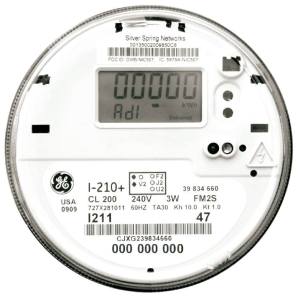
ComEd began installing GE digital smart meters across its service territory in September. The process will continue through 2021.
As ComEd and Ameren begin the enormous task of installing nearly 5 million digital smart meters across the state over the next decade, we polled more than 1,000 weekly e-newsletter subscribers to get their thoughts on the new technology.
We also invited consumers to submit their comments and questions about digital smart meters. Find the answers to those questions and more in our smart grid fact sheet.
There are still many policy and rate issues to be resolved with the smart grid, and CUB will be involved in all of those discussions. We will advocate for consumers to get maximum benefits from a smarter power grid.
The results of our survey:
1. How do you feel about getting a digital “smart meter?”
- I’m excited and interested in learning how these meters can benefit me (37.5%)
- I’m not excited about getting a new meter (28.4%)
- I don’t mind getting a new meter, but don’t think it will benefit me (26.7%)
- Not sure/don’t care (7%)
- No response (0.4%)
2. What is the biggest benefit of getting a digital meter?
- No benefit (24.8%)
- Elimination of estimated bills (23.1%)
- Utilities cut costs by running operations more efficiently (13.3%)
- More opportunity to improve my home’s energy efficiency (13%)
- More reliable power grid (11.4%)
- More opportunity to sign up for money-saving pricing plans (7.9%)
- Other (6%)
- No response (0.4%)
3. Smart meters make it possible for consumers to sign up for different pricing plans that could help them lower electric bills. Which of these potential plans would you be most interested in trying?
- None of the above (31.4%)
- Low-usage rate (gives you a lower monthly charge if your average yearly usage is below a certain amount) (24.6%)
- Peak-time rebate (gives you a bill credit for avoiding heavy electricity usage at peak times) (19.5%)
- Real-time pricing (allows you to pay hourly market rate for electricity, rather than a fixed rate) (14.7%)
- Nights and weekends rate (gives you discounted rates for electricity used at certain times) (9.5%)
- No response (0.4%)

